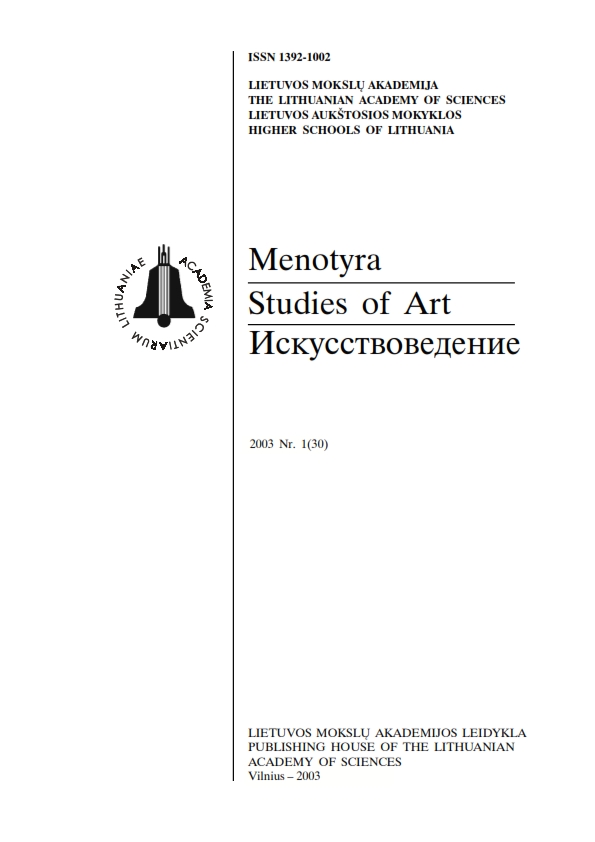Retorinė figūra: istoriniai pokyčiai
Rhetorical figure: historical changes
Author(s): Judita ŽukienėSubject(s): Music
Published by: Lietuvos mokslų akademijos leidykla
Summary/Abstract: The system of rhetorical figures, formed during the baroque period, summed up models of musical rendering of specific images that arose in musical practice of earlier epochs. With the help of this system, the models were classified and cases of their use (loci topic!) were defined. Rhetorical figures, turned into archetypes, prevail in music of classicism, romanticism, impressionism, expressionism and in other styles of the 20th century, as well as in the works of Lithuanian composers. Similarly to rhetorical figures, visual archetypes existing in music of different epochs can be classified into archetypes of the sensual (emphatic) and visual (hypotyposis) character. Using similar means of musical expression, these archetypes continually revive in musical practice. The motive of wave, one of the most popular archetypes in music of clearly figurative character, was used in the Cantata MWV 206 by J. S. Bach, in symphonic sketches "La Mer" by C. Debussy (especially in the 2nd study "Games of the waves"), in the works of Lithuanian composers M. K. Čiurlionis, J. Gruodis, V Klova, V. Paltanavičius, O. Balakauskas, B. Kutavicius and others. The archetypes of "running water", "lightning", "rise" and "descent" are popular in musical practice as well. In order to analyse them all, it is purposive to use the methods of investigation of rhetorical figures, because such studies reveal an evident relation of images to the musical practice of earlier periods, allow to determine the living tradition of musical figurativeness and prove the existence of the archetypes of these images.
Journal: Menotyra
- Issue Year: 2003
- Issue No: 1(30)
- Page Range: 3-9
- Page Count: 7
- Language: Lithuanian

